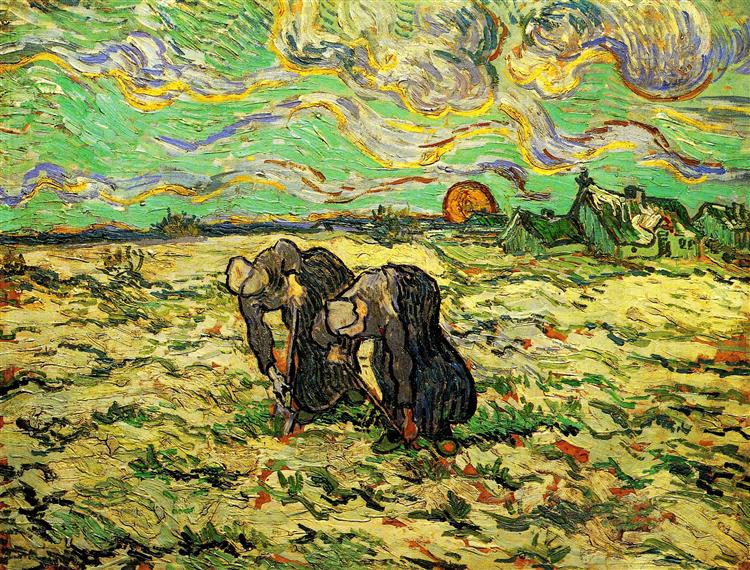research
2025
- JOB MARKET PAPER
 The Food Problem in an Open EconomyGuido Lamarmora2025Job Market Paper
The Food Problem in an Open EconomyGuido Lamarmora2025Job Market PaperThis paper examines how openness to trade reshapes our understanding of the Food Problem—the persistence of low labour productivity and high employment shares in agriculture across low-income countries (LICs). In closed-economy settings, these patterns are attributed to low agricultural TFP and to demand-side forces consistent with Engel’s Law, which sustain high agricultural prices and a high labour-to-land ratio. The Food Problem is thus expected to ease with higher agricultural TFP or with trade openness through cheaper agricultural imports. I revisit these implications using a quantitative model of structural transformation and international trade. On the supply side, trade flows and a production technology that incorporates land allow me to infer relative TFPs. In this setting, the coexistence of low labour productivity and a high labour–land ratio in LICs implies relatively high agricultural TFP. On the demand side, I estimate non-homothetic CES income and substitution elasticities in an open economy. I perform counterfactual simulations to assess whether trade openness or higher agricultural TFP lowers agriculture’s labour share in LICs, as predicted in the closed-economy literature. The results show the opposite: trade openness reinforces LICs’ comparative advantage in agriculture while higher agricultural TFP under openness expands the sector by increasing its competitiveness. Under both scenarios, agricultural specialisation is amplified rather than mitigated, highlighting the importance of interpreting the Food Problem in an open economy.
-
 Floating or Pegged?: Trade Shock Adjustment in Small Open EconomiesGuido Lamarmora and M. Agustina Sampaolesi2025Work in progress
Floating or Pegged?: Trade Shock Adjustment in Small Open EconomiesGuido Lamarmora and M. Agustina Sampaolesi2025Work in progressWe study how monetary policy and exchange rate regimes shape the adjustment to trade shocks in small open economies (SOEs). The analysis highlights different implications for SOEs under different currency regimes, sovereign risk, and trade exposure. We find evidence of incomplete labour market adjustment, with rising unemployment after negative external demand shocks in SOEs under both pegged and floating regimes, with stronger effects in countries facing high-risk premia. We build a dynamic multi-sector trade model with downward nominal wage rigidity (DNWR), intertemporal consumption–savings decisions, and incomplete markets. The model includes two SOE regimes: floating, with endogenous monetary policy, or pegged. Under a peg, a negative external demand shock generates unemployment in the presence of DNWR. Under a float, unemployment can also arise if the monetary policy response limits the nominal depreciation’s ability to restore full employment. Furthermore, a spike in sovereign risk premia can amplify this effect.